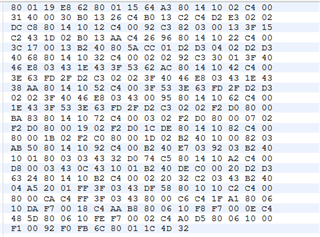Other Parts Discussed in Thread: MSP430FR2311, MSP430FR2476
Hi team,
I am working on BSL using MSP430FR2476 firmware update using MSP430FR2311 being the host. I have used the reference of MSP430 FRAM Devices Bootloader (BSL) and MSP430FRBoot – Main Memory Bootloader and
Over-the-Air Updates for MSP430 FRAM Large Memory Model Devices and created the Host and Target setup.
MSP430FR2311 host, MSP430FR2476 Target and application code(LED Blink) generated the .txt file and converted .c file and merged with MSP430fr2476 boot code. The host and target work correctly without any errors.
All commands executed properly and TI_MSPBoot_APPMGR_JUMPTOAPP() executes (but the LED doesn't toggle).
Below is the zip file containing all the file i have used for the program execution.
MSP_Boot.zip
Regards
Pallavi


